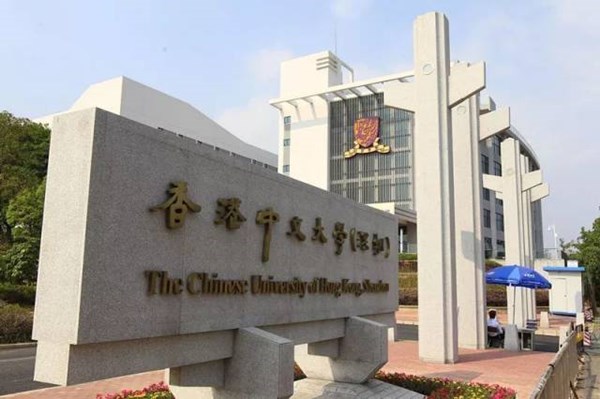发布时间:
来源:
欧洲侨报
Recently, the Development Plan for Higher Education Cooperation in Guangdong-Hongkong -Macao Greater Bay Area (GBA) was officially released by the Ministry of Education and People’s Government of Guangdong Province. The Plan has formulated the overall policies for higher education cooperation and development in the Greater Bay Area.
The Greater Bay Area will be built as a national pilot zone for deepening the reform of a higher education system and mechanism and set a good example for comprehensive education cooperation between the Mainland and Hongkong and Macao SARs, according to the Plan.

The Chinese University of Hongkong Shenzhen
By 2025, the Greater Bay Area will be known as an international development center of higher education. The education system will have a more balanced scale and structure. And talent co-cultivation mechanisms will be formed through coordinated development among universities in the region.
By 2035, the Greater Bay Area will be home to a number of world-class universities. With more quality educational resources and advanced systems, it will be an innovative paradigm for higher institutions in the world to cooperate and develop together.
The plan is divided into 4 parts, including the planning background, general requirements, key tasks, and details for the implementation.
The Greater Bay Area will be built as a national pilot zone for deepening the reform of a higher education system and mechanism and set a good example for comprehensive education cooperation between the Mainland and Hongkong and Macao SARs, according to the Plan.

The Chinese University of Hongkong Shenzhen
By 2025, the Greater Bay Area will be known as an international development center of higher education. The education system will have a more balanced scale and structure. And talent co-cultivation mechanisms will be formed through coordinated development among universities in the region.
By 2035, the Greater Bay Area will be home to a number of world-class universities. With more quality educational resources and advanced systems, it will be an innovative paradigm for higher institutions in the world to cooperate and develop together.
The plan is divided into 4 parts, including the planning background, general requirements, key tasks, and details for the implementation.
